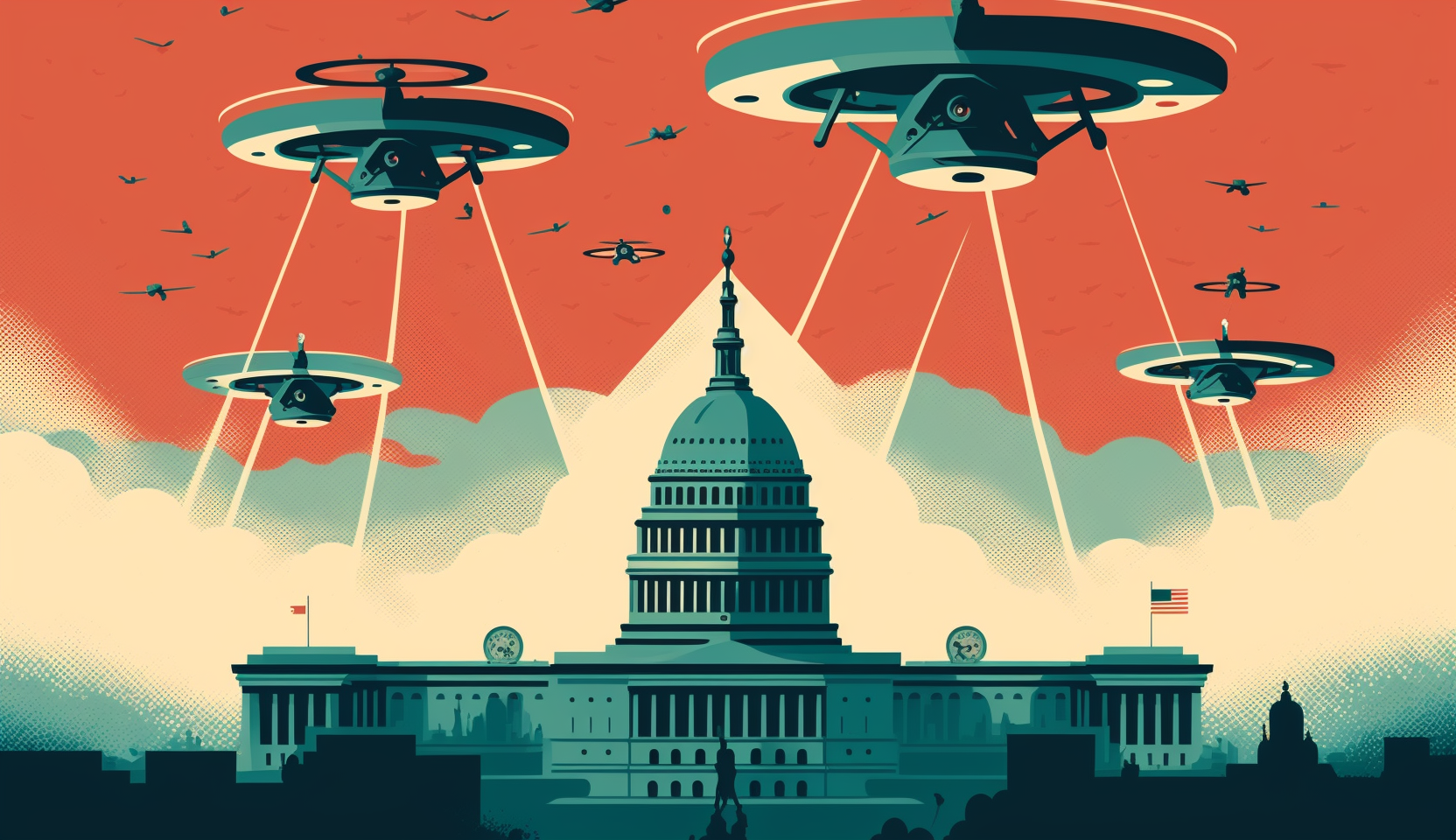
Click here to download a pdf of the full report.
Executive Summary
There is mounting action at both the federal and state levels to reduce the U.S. government’s reliance on Chinese drones. Federal and state agencies are widely dependent upon the Chinese manufacturer DJI, the world’s largest drone company. DJI has close ties to the People’s Liberation Army and has shown itself willing to selectively disable its products, making the U.S. beholden to DJI and posing a serious cybersecurity threat.
Chinese Communist Party (CCP) policies and laws make Chinese drones even less trustworthy. The Chinese government has a policy of requiring Chinese companies to install software backdoors on their products, giving the CCP access to any data collected by those products. Additionally, a Chinese intelligence law requires Chinese companies to comply with any intelligence requests from the CCP, meaning that if the CCP requests a Chinese company’s data, the company must give it up.
Despite widespread concern from federal agencies and state governments regarding the cybersecurity risks of Chinese drones, data on the composition of government drone fleets at all levels of government are scarce. Independent research has discovered that thousands of police agencies have bought Chinese drones, but there has been limited research on drone use by non-police agencies. To fill this gap, this paper—the product of 127 Freedom of Information Act (FOIA) requests for procurement data to various state agencies—provides the first estimate of state-level drone spending in non-police agencies. Top findings from 99 FOIA responses across 40 states are as follows:
- On average, 85 percent of the drones bought by state agencies from 2010 to 2022 were Chinese, and the average state devoted 76 percent of its drone spending to Chinese drones.
- From 2010 to 2022, states spent at least $5.3 million on Chinese drones, and at least $8.1 million on drones overall. This is a conservative, lowerbound estimate.
- Sixty-six percent of overall drone spending was on Chinese drones.
- Thirty-two states devoted at least half their drone spending to Chinese drones.
- In 38 states, the majority of drones used by state agencies are Chinese.
- In 13 states, the drone fleets used by state agencies are composed entirely of Chinese drones (which also means that those states’ entire drone spending was devoted to Chinese drones).
Congress has introduced several bills to restrict the use of Chinese drones across the entire federal government, but none so far has become law. Nevertheless, Congress has restricted the Department of Defense’s use of Chinese drones, and the Department of the Interior has downed all the Chinese drones in its fleet. There is also growing momentum at the state level to ban Chinese drones, with seven states having enacted some restriction on the use of Chinese drones.
With the Department of Defense, members of Congress, and the Biden administration all expressing concerns about the use of Chinese drones, there is growing political will to reduce dependence on Chinese drones and improve U.S. cybersecurity. To that end, Congress should:
- Pass the American Security Drone Act, either as standalone legislation or as part of a larger legislative package. The Act would ban the purchase or use of Chinese drones by all federal agencies.
- Conduct oversight of federal and state drone fleets to gather data on how agencies have spent money on drones.
- Require the Federal Acquisition Security Council to propagate warnings of cybersecurity risks of using Chinese drones to state and local agencies.
- Require the Government Accountability Office and/or Inspectors General to audit the federal government’s use of drones. Congress should also require the Government Accountability Office to analyze state and local government agencies’ use of drones.
State policymakers should:
- Follow Blue UAS drone procurement guidelines.
- Use grant programs to fund the replacement of Chinese drones.
- Provide agencies with sufficient time to replace Chinese drones before bans go into effect.
- Require agencies to publish data on their drone fleet usage and spending.